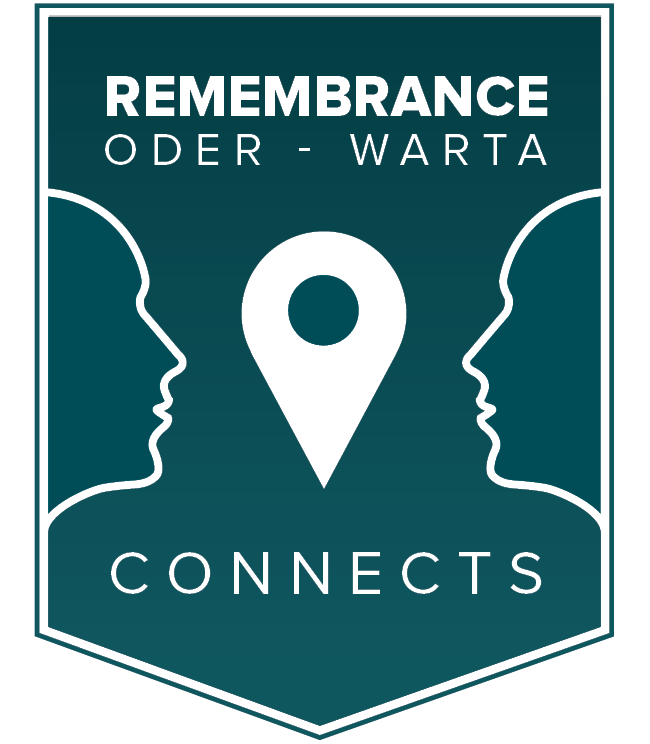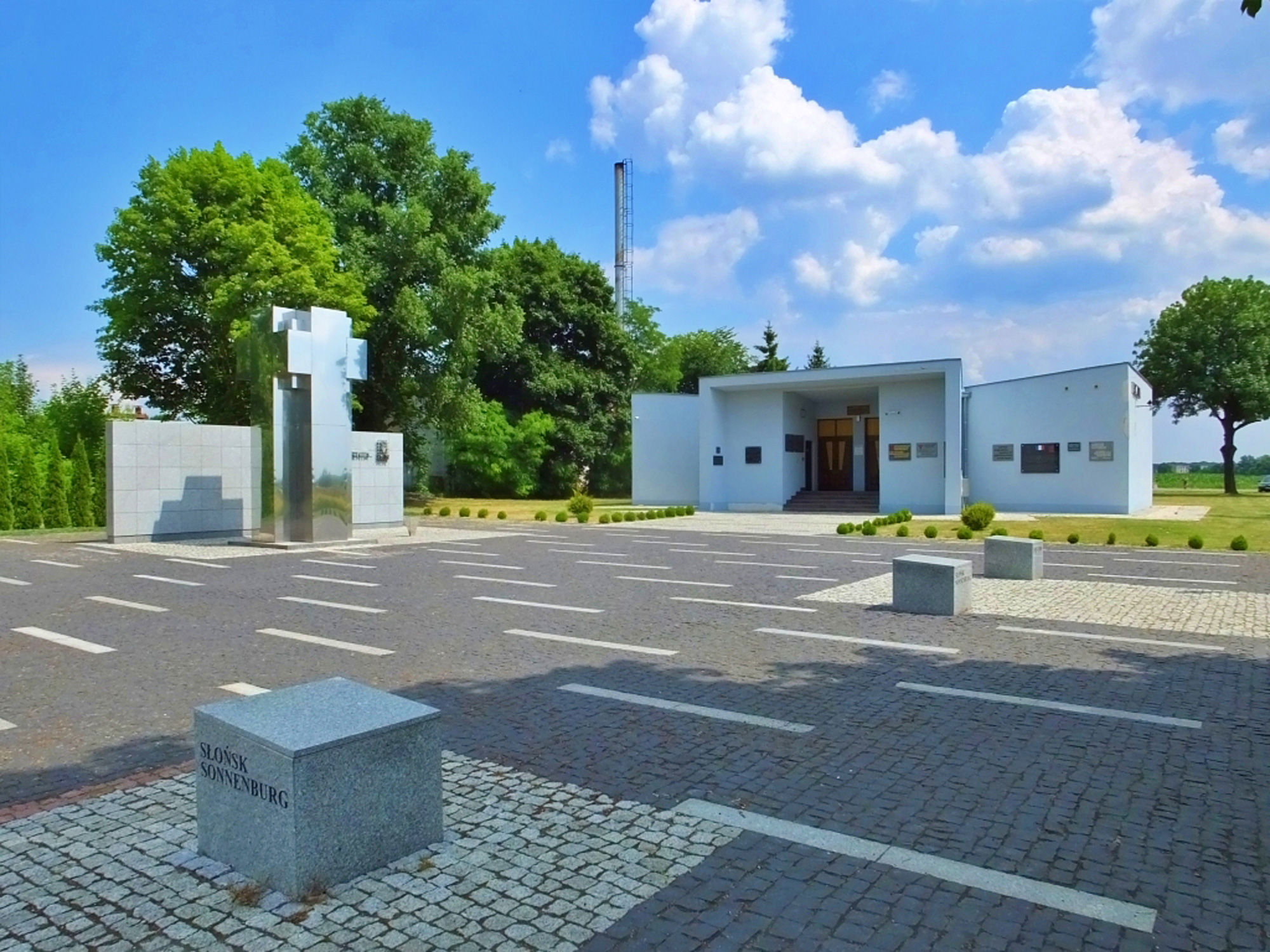Former penitentiary and concentration camp Sonnenburg
Słońsk, the former Sonnenburg, is a place with a tragic past. Between 1933 and 1934, it was the site of the first German concentration camp and later a prison. To this day, the full list of people imprisoned and murdered in Sonnenburg is unknown.
One of the most painful chapters in the history of Słońsk (Sonnenburg until 1945) was its time as a prison and concentration camp. During the Weimar Republic, Sonnenburg Prison served as a penitentiary for many political activists. After Hitler's seizure of power, it became the first German concentration camp where opponents of the Nazi regime were brutally suppressed. The prisoners were mentally and physically abused and the place soon became known as "torture hell". One of the most famous prisoners was Carl von Ossietzky, a German journalist, Nobel Peace Prize winner and opposition activist. After operating as a concentration camp for more than a year, the facility became a prison again and was a place of execution and suffering for opponents of the Nazi regime for years to come. The most tragic event took place on the night of 30 to 31 January 1945, when a commando of SS men from Frankfurt/Oder carried out the mass execution of 819 prisoners of various nationalities. Among those murdered were representatives of many nationalities: French, Belgians, Germans, Dutch, Norwegians, Luxembourgers and others. The massacre began at around 10 pm and lasted all night. Ten people at a time were led out of their cells and shot between the prison wall and the workshop building.
In 1973, a small group of Słońsk residents decided to set up a museum and a memorial to commemorate the victims of Sonnenburg and to warn against a repetition of this terrible history. The official inauguration of the Museum of Martyrdom took place on 28 September 1974. The memory of the victims of these events is upheld not only through the operation of the museum, but also through the commemorative events organised by the municipality of Słońsk every year on the anniversary of the tragedy. Family members of prisoners, representatives of the authorities and delegations from Poland, Germany, Luxembourg and other countries whose citizens perished in Sonnenburg take part in the commemorative events. The programme of commemorations includes events at the Martyrdom Museum and the cemetery of the victims of imprisonment in the Sonnenburg concentration camp and prison, a mass and a meeting to develop a common historical culture of remembrance and European identity. These events are also an important element of German-Polish understanding and help to awaken interest in the history of the Second World War, especially among the younger generation.
The history of the former Sonnenburg concentration camp as an audio report (Language: German)








Leave a Reply